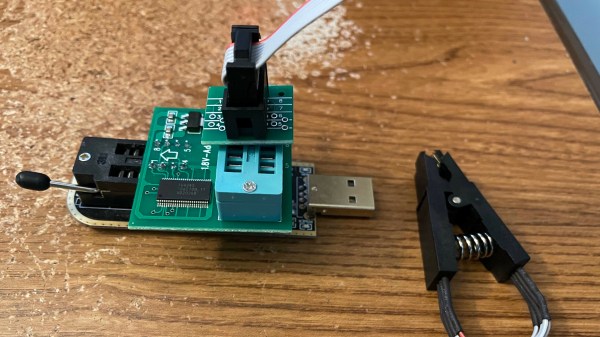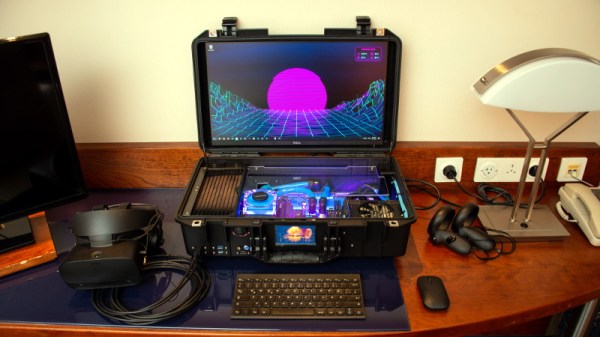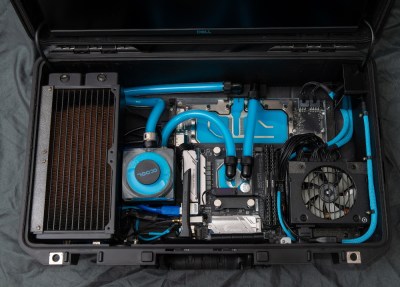When we talk about keyboards that do it all, we usually mean either big ones with lots of keys and doodads like rotary encoders and displays, or small ones with lots of layers (and usually a few doodads, too). But this — this is something else entirely. Chinese PC maker Linglong have crammed an entire mini PC into a keyboard that’s small enough to fit in your back pocket. Oh, and it folds, too. All you need is a display.
Why do you need a display? Why not include one, if you’re going to wedge everything else in there? Well, the company envisions its users pairing it with a VR or AR glasses. But we can see use cases far beyond ownership of special spectacles, of course.
For instance, office work. Linglong says this key-puter (you read it here first) will last up to ten hours for light use, and nearly six hours for watching movies, but heavy use will have you down to four hours, which really isn’t that bad.
Spec-wise, it looks pretty good, with an AMD Ryzen 7 and either 16 or 32 GB of memory and a half- or full-terabyte hard drive. The whole thing is around 4 x 6″ (15 x 10cm), presumably in the folded orientation, and weighs less than two pounds (800 g). The projected cost is $400-500 depending on specs.
Unfortunately, this little key-puter isn’t available just yet. There are just 200 units available for Beta testing, and no, we don’t have one!
Main and thumbnail images via Linglong



















